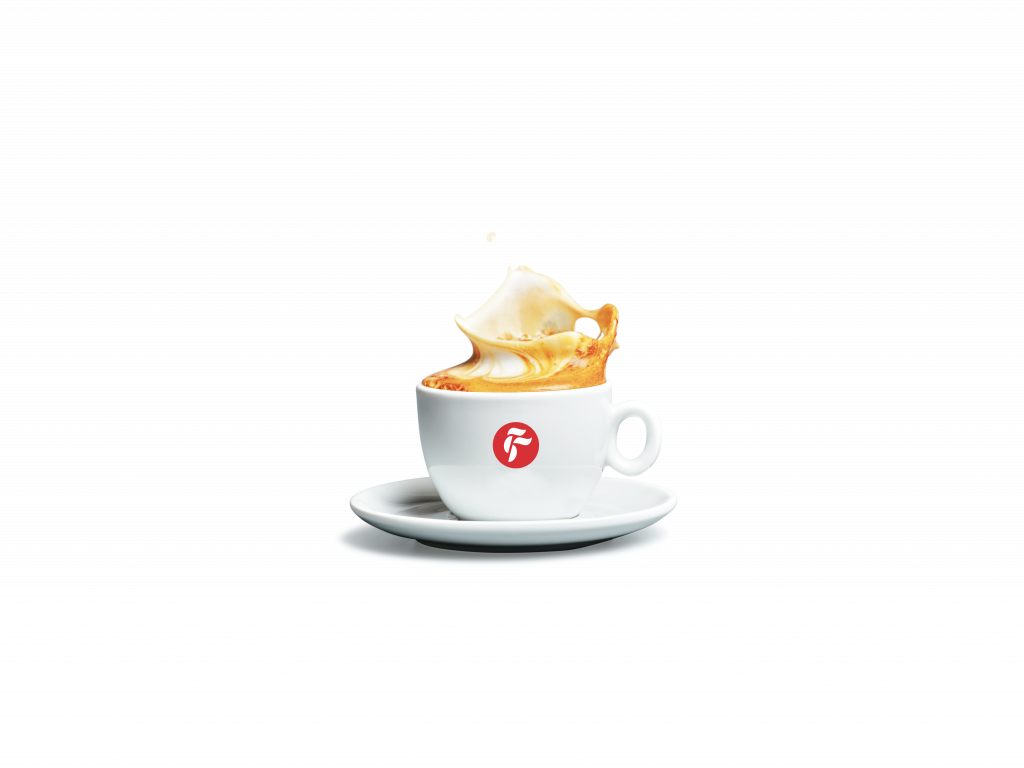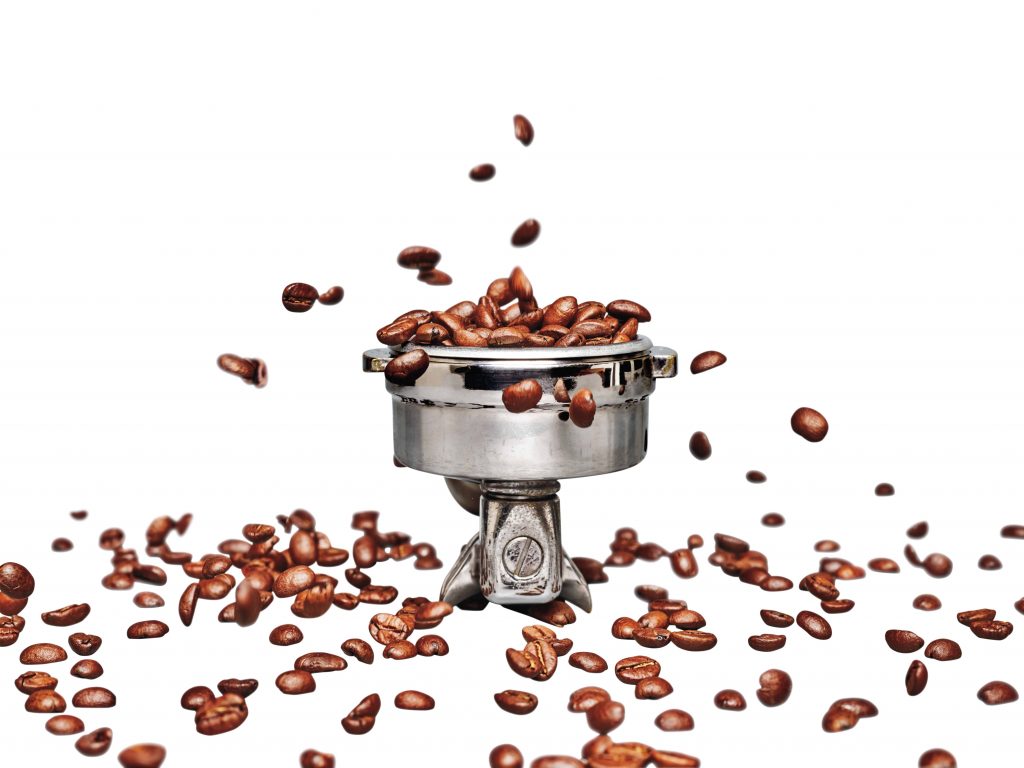Ninety per cent of coffee drinkers buy their coffee from the supermarket. There's nothing wrong with that, but with these six tips, you can get the best coffee at home and enjoy the maximum...
1 Buy
When buying coffee, always pay attention to the roast date. Unfortunately, it is not always mentioned on the packaging of supermarket coffees. On average, these are already more than two months old by the time they hit the shelves. This while coffee tastes best just after it has been roasted. This is because around four weeks after roasting, the flavour diminishes considerably and you drink a 'duller' coffee. For optimum flavour, therefore, drink your coffee within four weeks of roasting.

2. Save
Coffee's great enemies are oxygen, high temperatures and light. Therefore, store coffee beans in a cool, dark place and always seal the bag tightly. Most better coffee brands sell their coffee in resealable containers. If you, as a real coffee nerd, want to slow down the ageing process as much as possible, put the beans, bag and all, in the freezer. Do let them warm up slowly before use.
3. Grinding
Once coffee is ground, it ages by a factor of ten. For the tastiest coffee, therefore, grind the beans just before you make coffee. This can be done with a hand grinder, but you can get a good electric grinder from around €150. And while coffee capsules are hugely popular and perhaps convenient, you won't make the freshest (and therefore tastiest) coffee with this system.
4. Water
An often underrated ingredient is water. Coffee consists of more than 98% of water. Since we have different water everywhere in the Netherlands, this strongly influences the taste of coffee. So experiment with mineral water. Look for the TDS (total dissolved solids) value on the label. Coffee is best made with water with a TDS between 116 and 152. Our tap water ranges from 70 to 500. You can also use a water filter jug. In addition to a better taste, this way you also protect the inside of the machine. Too much of certain minerals in the water can seriously damage your coffee machine in the long run.
5. Frothing
Frothing is best done with fresh, whole milk or suitable vegetable alternatives. Leave the milk in the fridge until frothing time. Cold milk gives you more time to froth: the lower the temperature, the more time you have. The best temperature is between 60-65°C. If you heat the milk above 70°C , you break up the proteins. That results in a cooked milk flavour and collapsed milk foam in the cup. Instead, nice milk foam, also known as microfoam, is shiny, velvety and even.
6. Cleaning
A clean machine, is a happy machine. The same goes for the grinder. And we're not talking about the shiny frame, but especially the inside. When you grind coffee in the morning, there is always a bit of old coffee between the grinding discs (retention). Therefore, always throw away the first little bit of coffee. Furthermore, with daily use, it is a good idea to clean the espresso machine at least once a week by flushing the pipes with specially bought cleaning agent (blindfiltration). Coffee residues and grease can build up in the machine, affecting the taste of your freshly roasted coffee.
Tip from Gentlemen's Watch
Want to try some really freshly roasted coffee? Then check out this address: www.frankandfreshcoffee.com For €17.50, order a sample pack (4x 150g) there and get to know a variety of flavours. Frank & Fresh Coffee was founded by three coffee lovers, including Marc Kluijver. The latter loves coffee so much that he has been making a magazine about it for eight years, partly from his camper van, together with his girlfriend and barista trainer Keri Mol: coffeeTcacao. As digital nomads pull them so dear Europe, looking for the tastiest coffees. So if anyone should know about it....




